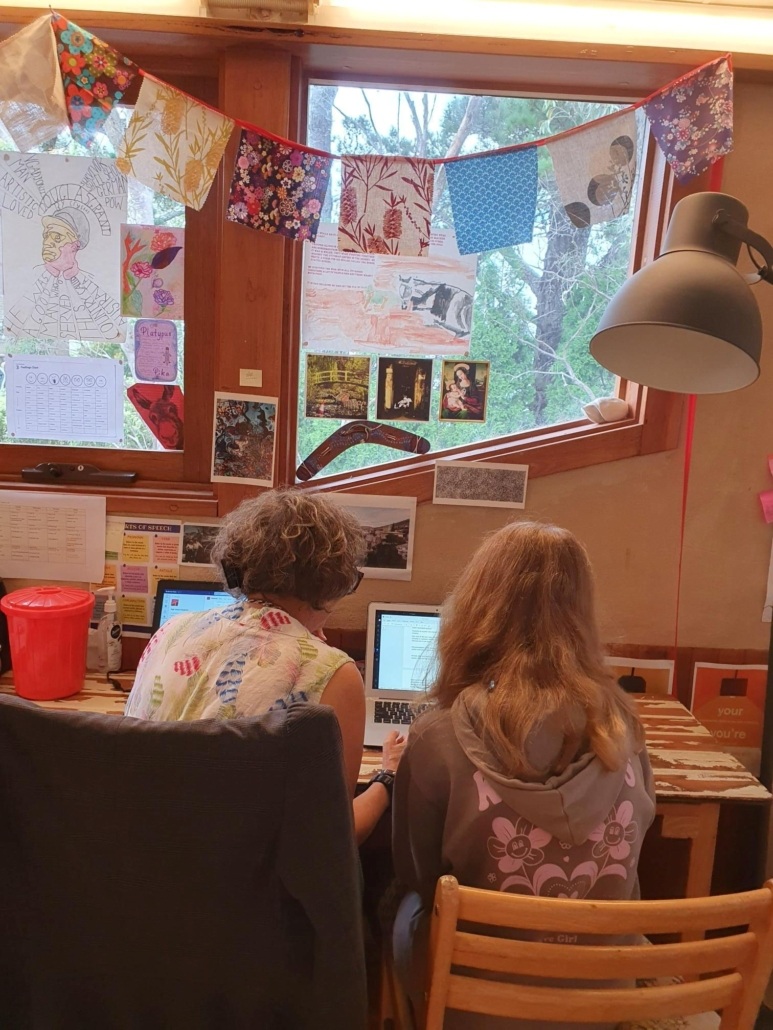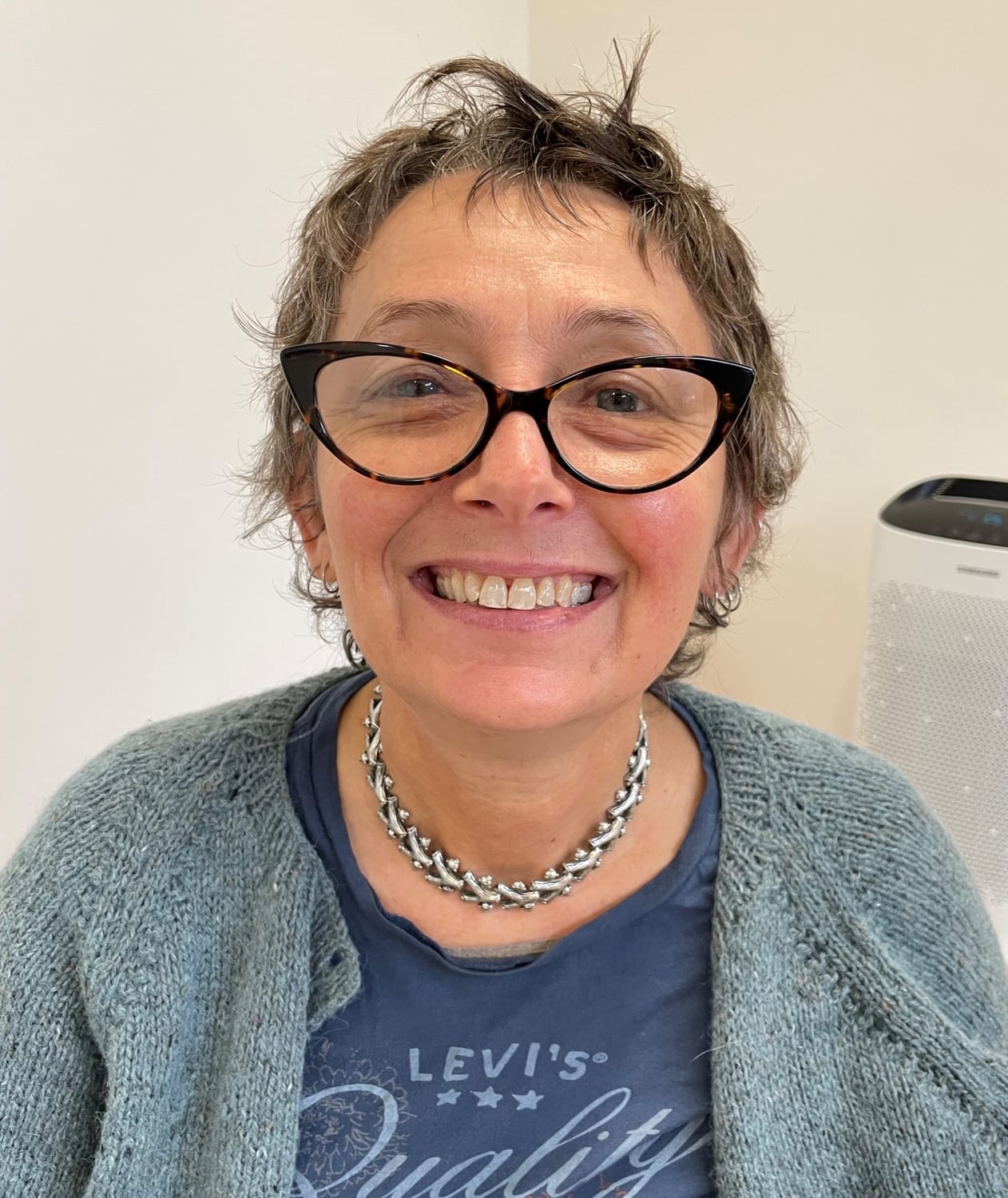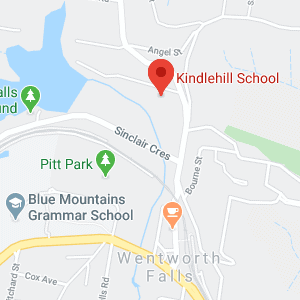A critical part of the Learner Support Program is geared toward students contemplating their strengths and needs.
It’s an opportunity to tell the story of how we learn. We discuss what is interesting and how we can engage. What does it mean to reflect? When we have to listen in class, do we? What is it like to work in a group? Do we enjoy working independently? Do we question what we are learning? Will we share our thoughts about what we are learning? Are we comfortable making mistakes?
If we have specific learning needs, how do we approach this? What strategies do we use to re-engage if we lose track? Do we actively seek support from teachers and our classmates?
One student says, “It’s important and useful to reflect on how I learn. It helps me to progress and it also makes it easier for me. Using the dyslexia gel has made reading easier and I’ve started to ask more questions in class – that’s a big change for me.”
At school, learning how to learn is a fundamental aspect of the journey. It is crucial that we have space to understand how and why we learn. It’s important we take time to reflect on this, to understand how we can take charge of the process, and to realise we have many answers to help us on our way.


After graduating from NIDA, Libby worked as a Production/Stage Manager/SD designer in theatres around Sydney and Melbourne. Following that, she graduated with a Bachelor of Arts, Communications (UTS) and a Grad. Dip. Ed in Literacy/Numeracy Education (UTS). Since 2007, she has worked as an English Language Literacy Teacher at Ultimo TAFE in Sydney and has been the Literacy Support Teacher at Kindlehill since 2013.

